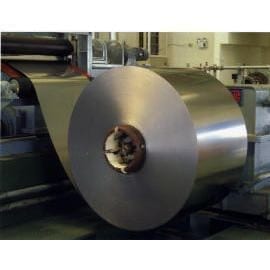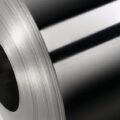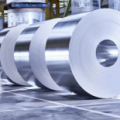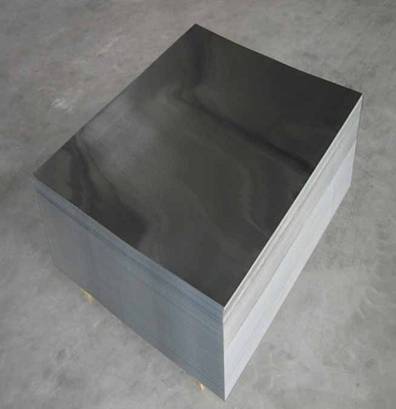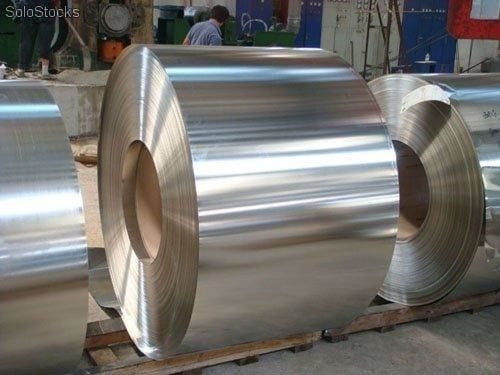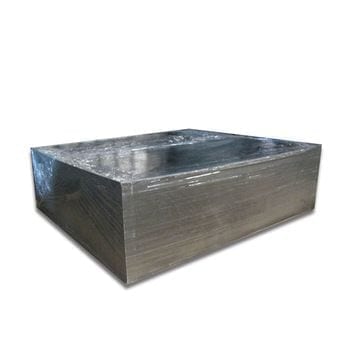Tinplate and TFS (Tin Free Steel) are two types of materials used in the manufacture of metal containers, such as cans and lids. Both materials have different properties and characteristics that make them suitable for various applications. Here are the main differences between tinplate and TFS:
- Composition:
Tinplate is a steel sheet coated with a thin layer of tin. Tin provides corrosion protection and improves the solderability of the material. TFS, on the other hand, is a tin-free steel and instead has a mixed coating composed of chromium and chromium oxide. - Corrosion resistance:
Tinplate has excellent corrosion resistance due to the tin coating, while TFS, while also offering corrosion resistance, may be slightly inferior compared to tinplate due to its chromium and chromium oxide coating. - Weldability:
Tinplate is suitable for electric welding, which facilitates its use in the manufacture of packaging. However, TFS is not suitable for electric welding, which limits its use in certain applications, such as caps and stuffing boxes. - Manufacturing process:
The tinplate manufacturing process involves the application of a tin layer by electroplating and a passivation film. TFS, on the other hand, is manufactured by applying a mixed chromium and chromium oxide coating. - Origin:
TFS emerged as an alternative to tinplate in response to the rising price of tin and the danger of depletion of tin supplies. TFS is a material capable of replacing tinplate in many applications, as it has similar properties.
In summary, tinplate and TFS are similar materials in terms of mechanical properties and corrosion resistance, but differ in their composition, weldability and manufacturing process. The choice between tinplate and TFS will depend on the specific application needs and manufacturing requirements.

